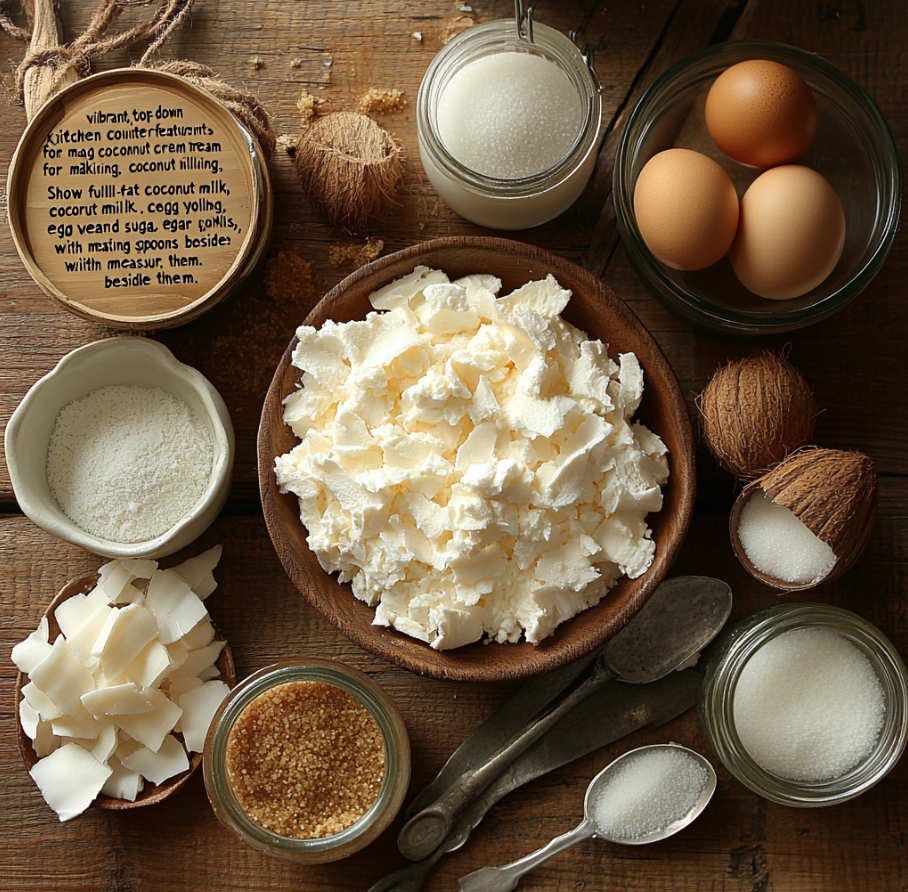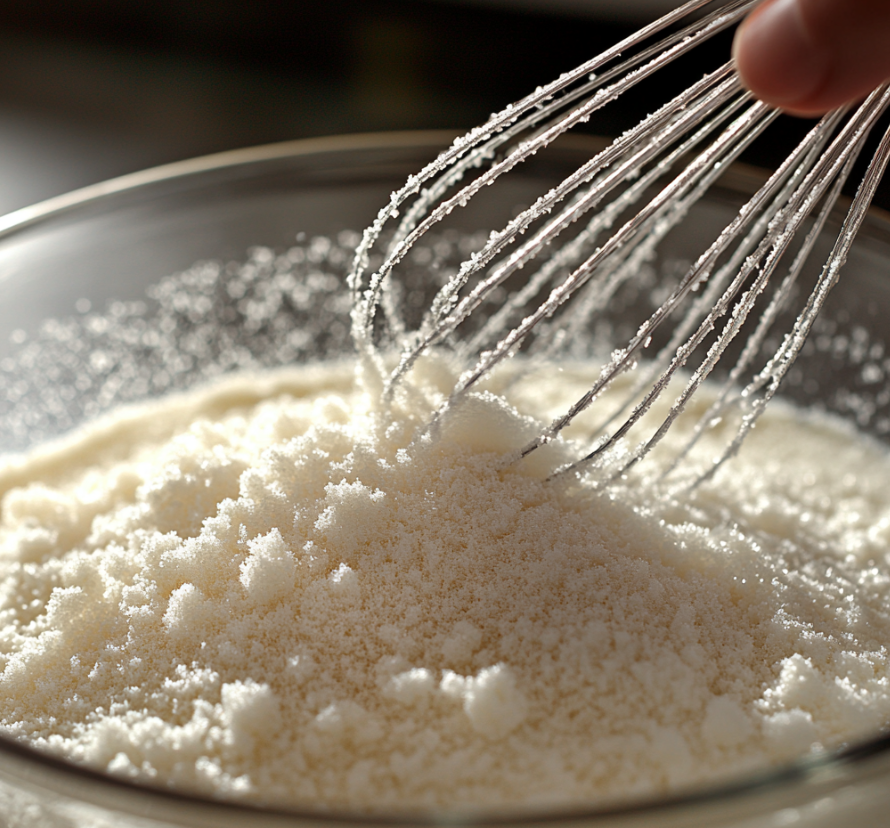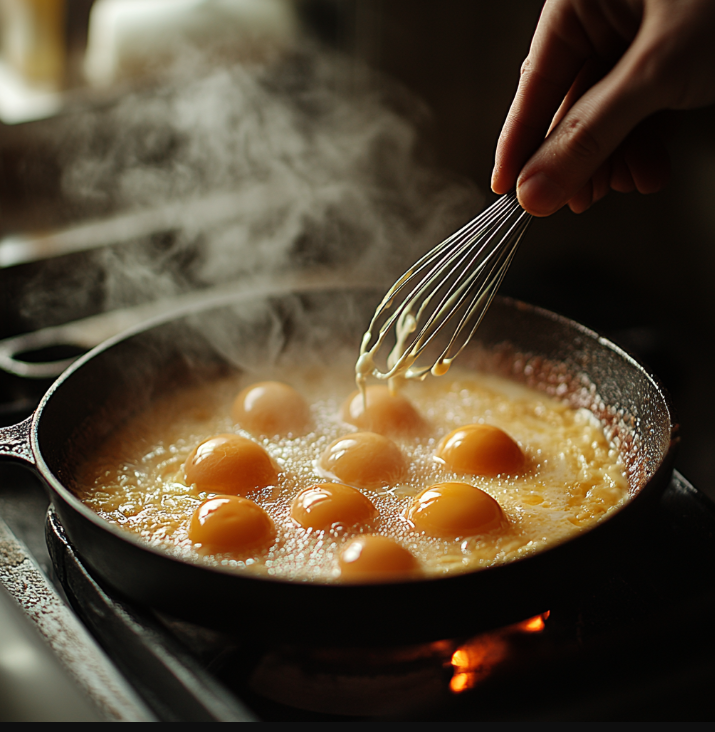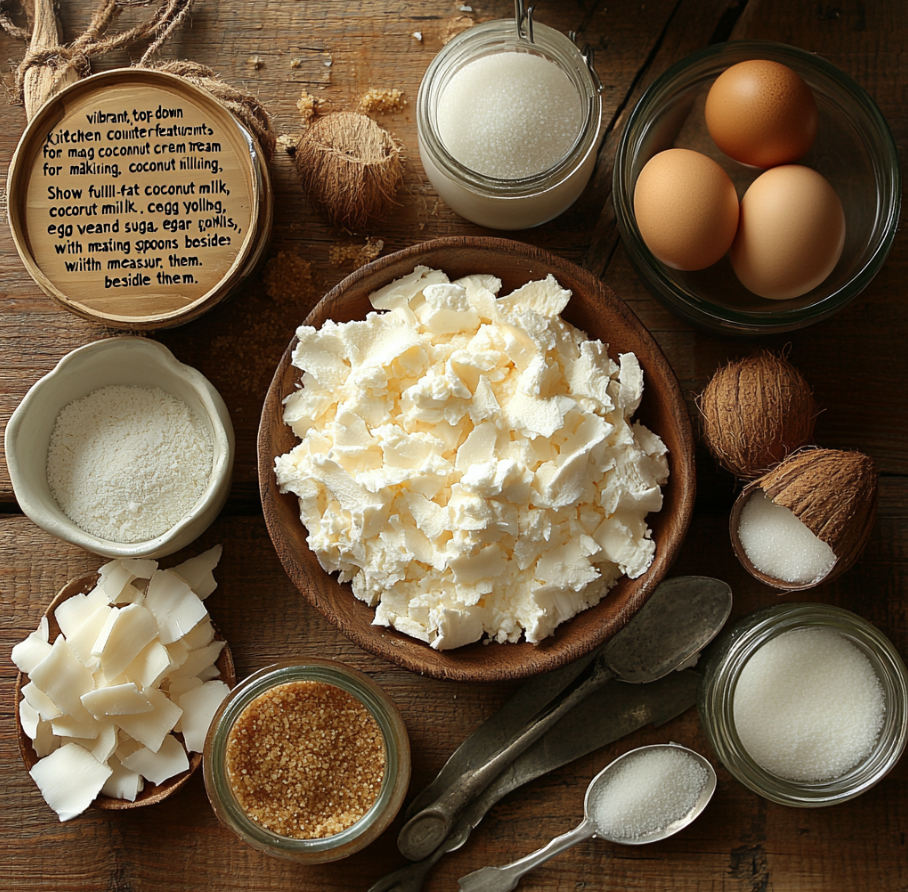Coconut cream pie is a delicious dessert, loved for its rich and creamy filling. However, achieving the perfect thick consistency for the filling can sometimes be a challenge. Too runny, and the pie loses its signature texture. Luckily, there are several tried and tested methods to thicken coconut cream pie filling. In this article, we’ll explore different techniques to ensure your pie filling turns out perfectly every time.
- Why Coconut Cream Pie Filling Sometimes Fails to Thicken
- Key Ingredients That Help Thicken Coconut Cream Pie
- Cornstarch: A Common Thickener
- Using Flour to Thicken Coconut Cream Pie
- Tapioca Starch: A Gluten-Free Option
- Using Egg Yolks to Thicken Coconut Cream Pie
- How to Thicken Coconut Cream Pie with Coconut Cream
- Common Mistakes and How to Fix a Runny Filling
- FAQs
- Conclusion
Why Coconut Cream Pie Filling Sometimes Fails to Thicken
There are several reasons why your coconut cream pie filling might not thicken properly:
- Using low-fat coconut milk or coconut milk with too much water.
- Not cooking the filling long enough for the thickeners to activate.
- Incorrect ratios of thickening agents like cornstarch or egg yolks.
To ensure a thick, rich filling, it’s crucial to use full-fat coconut milk or even coconut cream. The fat content in coconut cream helps bind the ingredients together and creates a luscious texture. For more tips on creating delicious coconut-based desserts, check out this Coconut Cream Pie Recipe.
Key Ingredients That Help Thicken Coconut Cream Pie
The following ingredients play a significant role in thickening the pie filling:
- Coconut Milk or Cream: Full-fat coconut milk or cream provides the richness needed for a smooth and thick texture.
- Egg Yolks: These act as natural thickeners when heated, adding both flavor and structure to the filling.
- Cornstarch or Flour: These starches absorb moisture and help the filling to set properly.
If you’re looking for more ways to use coconut in baking, try this Coconut Cookies Recipe, which uses coconut to enhance flavor and texture.

Cornstarch: A Common Thickener
Cornstarch is one of the most reliable thickeners for coconut cream pie filling. Here’s how to use it:
- How It Works: Cornstarch swells when heated with liquid, forming a gel that thickens the filling.
- How to Use It: Dissolve cornstarch in cold water or milk to create a slurry. Add the slurry to the heated coconut milk mixture while whisking constantly. Continue heating until the mixture thickens to a pudding-like consistency.
Constant whisking is essential to avoid lumps and ensure a smooth texture. If you want to try other creative pie recipes, explore the techniques in this Pasta Alla Norma Recipe which shares tips on perfecting textures.
Using Flour to Thicken Coconut Cream Pie
Flour is another option for thickening coconut cream pie filling, though it’s less commonly used compared to cornstarch. Here’s how it works:
- How It Works: Flour thickens by absorbing liquid as it heats but requires a longer cooking time to eliminate the raw taste.
- How to Use It: Mix the flour with the sugar before adding it to the coconut milk mixture. Stir constantly over medium heat until the filling thickens.
Flour provides a slightly softer texture than cornstarch but still delivers a satisfying result.

Tapioca Starch: A Gluten-Free Option
For those looking for a gluten-free thickening agent, tapioca starch is a great alternative. Here’s how you can use it:
- Benefits: Tapioca starch creates a glossy, smooth filling and is suitable for those avoiding gluten.
- How to Use: Dissolve tapioca starch in a small amount of water before adding it to the hot coconut milk mixture. Stir continuously until the filling thickens.
This method is ideal for those who prefer a silkier texture and need a gluten-free option.
Using Egg Yolks to Thicken Coconut Cream Pie
Egg yolks are essential for creating the rich custard-like texture in coconut cream pies. Here’s how they work:
- How They Thicken: When heated, egg yolks thicken and create a custard consistency.
- Tempering the Yolks: To avoid curdling, slowly whisk hot coconut milk into the yolks before adding them to the filling mixture.
- Combining with Starch: Egg yolks can be combined with cornstarch or flour for an even thicker result.
For more egg-based desserts, consider trying the classic Lemon Cream Cheese recipe, which uses egg yolks to create a rich and smooth consistency.

How to Thicken Coconut Cream Pie with Coconut Cream
If you prefer to avoid using starches, coconut cream can be used on its own to thicken your pie filling. Here’s how:
- Coconut Cream’s Natural Thickness: Coconut cream has a higher fat content than coconut milk, which makes it thicker and more suitable for creating a dense filling.
- How to Use It: Separate the thick coconut cream from the water in the can. Use only the cream to create a richer, more decadent filling.
Coconut cream can be combined with a small amount of cornstarch if you want to enhance the thickness further.
Common Mistakes and How to Fix a Runny Filling
Even with careful preparation, coconut cream pie filling can sometimes turn out too runny. Here’s how to troubleshoot and fix the issue:
- Overheating or Underheating: If the filling hasn’t thickened properly, it may not have been cooked long enough. Make sure to cook the mixture until it reaches the right consistency.
- Incorrect Ratios: Too much liquid or not enough thickener can cause a runny filling. If your filling is still runny after cooking, reheat it and add more cornstarch or tapioca starch dissolved in water.
FAQs
Why won’t my coconut cream pie filling thicken?
The most common reasons for runny filling are using low-fat coconut milk, not cooking the mixture long enough, or not using enough thickener.
Can I use coconut flour to thicken pie filling?
Coconut flour is not ideal for thickening pie filling because it absorbs too much moisture and can result in a grainy texture.
Can I thicken my coconut cream pie with gelatin?
Yes, gelatin can be used to thicken a no-bake coconut cream pie, but it will result in a different texture compared to using starch or egg yolks.
Is it better to use cornstarch or flour in cream pies?
Cornstarch usually creates a firmer and glossier texture, while flour provides a softer, more custard-like filling.
Conclusion
Creating the perfect coconut cream pie filling requires the right combination of ingredients and techniques. Whether you prefer cornstarch, flour, or tapioca starch, each thickening method offers a unique way to achieve the perfect consistency. With the tips provided, you’ll be able to troubleshoot any issues and create a pie that’s rich, creamy, and delicious.
For more recipe inspiration and tips, explore this Avocado Salsa Recipe to discover new ways to enhance your culinary creations.

